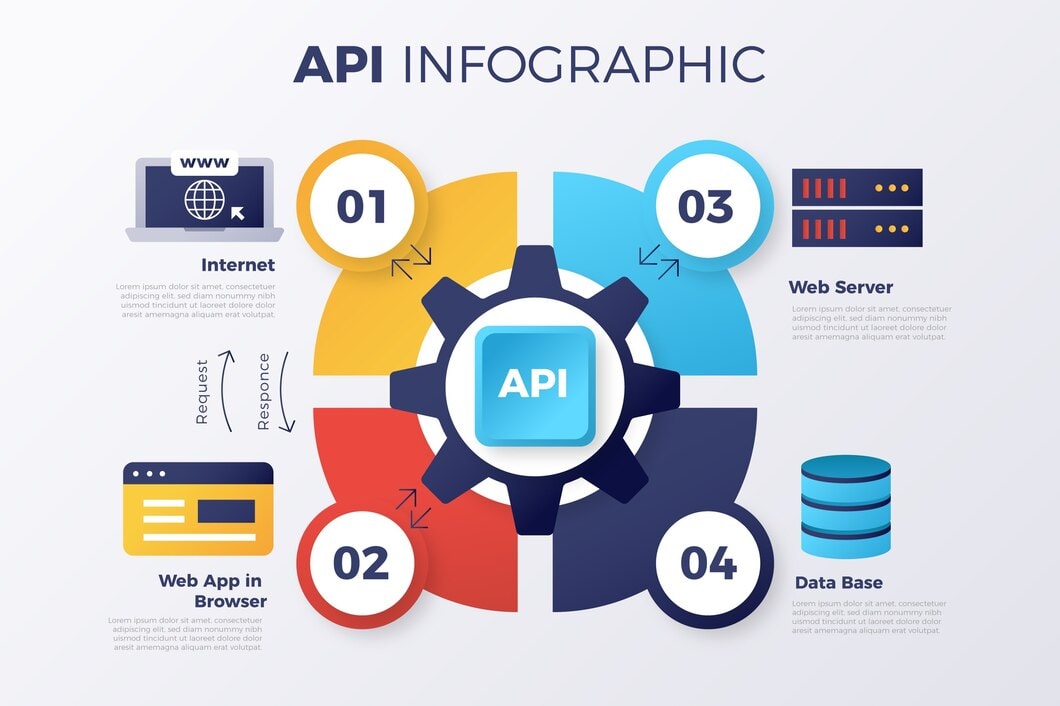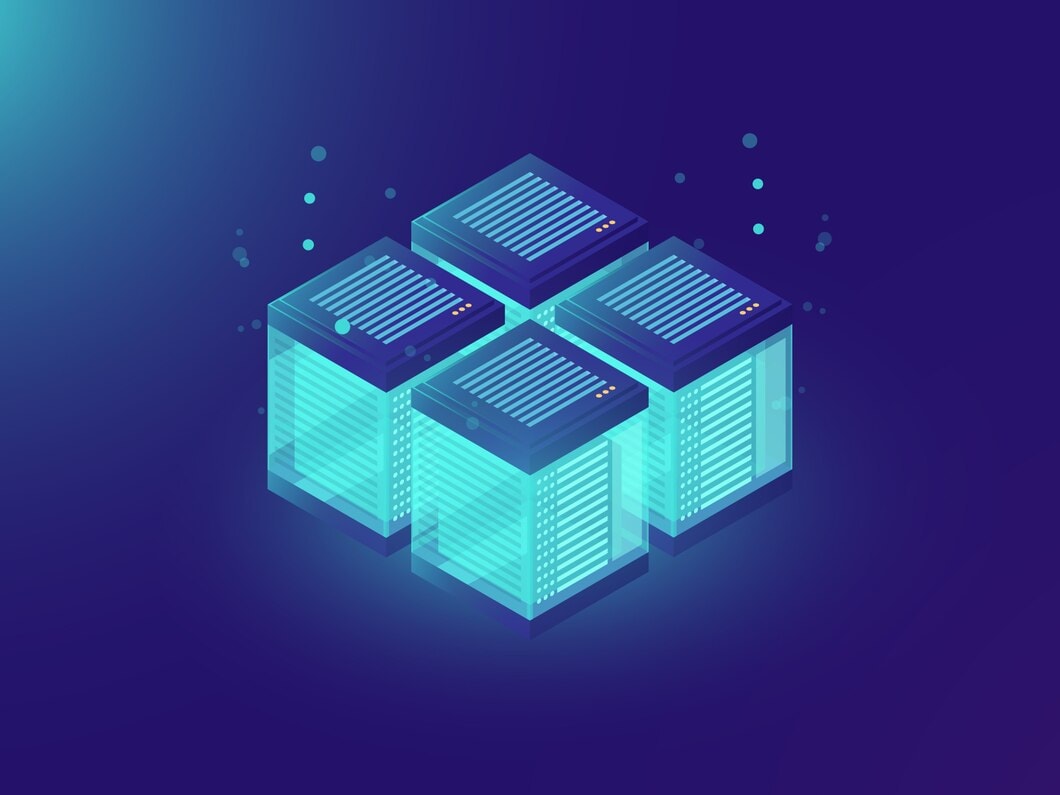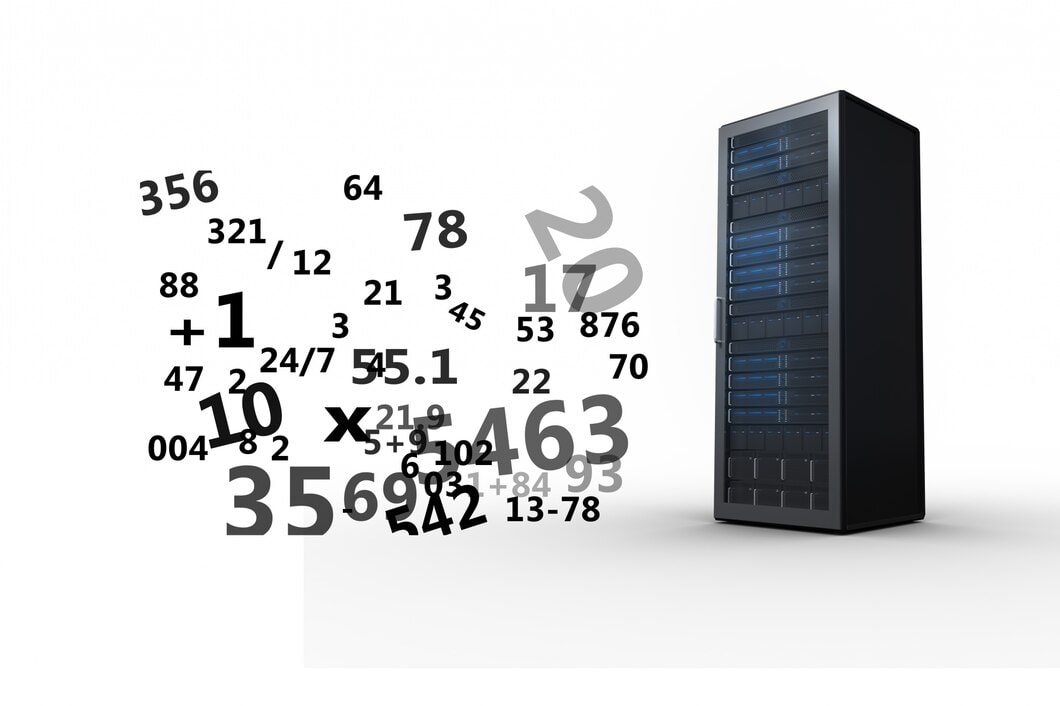Introduction
Which AI model is best for your needs: Claude 2 or GPT-4?
The emergence of AI conversational agents has revolutionized the way we interact with technology, and these two models have taken the lead in the large language models (LLMs) world.
While both Claude 2 by Anthropic and GPT-4 by OpenAI are powerful models, their different design philosophies make them suitable models for different tasks.
In this detailed primer, we will discuss differences in architectures, key features, and benchmark results, performance, ethical considerations, and real-world applications of the Claude 2 and GPT-4 models to give you the information you need to determine which model suits your purposes best.

Background on the Models
Claude 2 by Anthropic
Anthropic, founded in 2021 by a group of former OpenAI employees, aims to create AI systems aligned with human values. Its mission is to build AI that is safe, reliable, and beneficial.
Named after Claude Shannon, the father of information theory, Claude 2 is the latest iteration in Anthropic's line of conversational AI models.
Claude 2 emphasizes ethical alignment and contextual understanding, making it suitable for sensitive and complex tasks where safety and precision are crucial. It builds on its predecessor, Claude 1, by offering improved capabilities in handling long conversations and generating aligned, thoughtful responses.
GPT-4 by OpenAI
OpenAI has always been on the cutting edge of AI innovation. Some of the models it created include GPT-2, GPT-3, and now GPT-4. GPT-4 represents a big step in the development of AI because of its superior general-purpose capabilities.
It is flexible to use, capable of solving just about anything, from creative writing to coding and even advanced problem-solving.
OpenAI’s mission is to ensure that artificial general intelligence (AGI) benefits all of humanity. GPT-4 is a testament to this goal, with its focus on accessibility, creativity, and technical proficiency.
Claude vs gpt 4 in Architectural Differences
Core Design
- Claude 2:
Claude 2 is based on a transformer architecture, with modifications emphasizing ethical alignment and safety. It uses alignment-focused adjustments to ensure it generates responses that adhere to human values, minimizing harmful outputs.
This design makes Claude 2 particularly effective in sensitive domains.
- GPT-4:
GPT-4 is a transformer-based architecture, optimized for versatility. The model is built as a general-purpose model, designed to perform a wide range of tasks.
It's very flexible in terms of architecture, which applies both to technical problem-solving and creative writing.

Parameter Count and Scale
The number of parameters in a model largely determines its performance, scalability, and ability to generalize.
- Claude 2: While Anthropic hasn't made public the parameter count of Claude 2, it is tuned for efficiency and aligns to ethics.
- GPT-4: OpenAI has not been open about the number of parameters in GPT-4, though it's known to be higher than GPT-3 which had 175 billion parameters.
This makes GPT-4 one of the biggest LLMs and that is why it has stronger generalization.
Training Data
- Claude 2: Trained on a dataset selected with the goal of avoiding bias and maximizing safety. Anthropic focuses on diversity of data and ethical filtering so that Claude 2 generates safe and aligned responses.
- GPT-4: Trained on an enormous, diverse dataset to maximize versatility. Even though such a broad dataset will make GPT-4 great at many tasks, it may pose problems when dealing with bias and ensuring safety.
Fine-Tuning and Alignment
- Claude 2: Utilizes Reinforcement Learning from Human Feedback (RLHF) to align the responses to ethical standards. Using RLHF, Claude 2 can learn from humans, making it better and safer at generating thoughtful output.
- GPT-4: Like Claude 2, GPT-4 uses RLHF but focuses more on safety and versatility. OpenAI fine-tuned GPT-4 on a broad range of tasks, which makes it fit for various applications.

Comparison of Abilities
Context Size and Memory Control This is a feature that distinguishes Claude 2 by having the capacity to use long conversations with high token limits.
This context helps in managing extended dialogue length, hence suitable applications where deep contextual understanding is required.
This is the case in GPT-4 which supports short and mid-length queries; however, GPT-4 can also be used for more specific tasks with extended context though not comparable to Claude 2.
Language and Multilinguality
- Claude 2: Really strong at producing clear and very concise answers in many languages to enhance global communication. This model is optimized for clarity and accuracy in multilingual applications.
- GPT-4: Provides strong multilingual support, supporting even rare languages and challenging linguistic structures. GPT-4 is highly versatile, making it a good fit for international use.
Specialization vs. Generalization
- Claude 2: Specialized for specialized use cases in which issues of safety and ethics hold high importance such as for customer support, healthcare and legal use cases. -
- GPT-4: A general-purpose model which excels in many kinds of ai development of applications from creative writing to even solving ai assistant technical and complex problems themselves. Their flexibility enables ai models with the ability to change user needs on their own.
- Claude 2: It has high accuracy in tasks that demand ethical judgment and subtle understanding. Its alignment focus ensures thoughtful responses.
- GPT-4: Best suited for technical and analytical tasks, providing accurate solutions across a wide range of domains.

Speed and Efficiency
- Claude 2: Optimized for efficiency in various tasks, that require safety and alignment, making it suitable for enterprise use.
- GPT-4: Slightly more resource-intensive but produces fast answers to a wide range of tasks.
Consistency of Responses
Claude 2: Maintains consistency in complex, multi-turn dialogues, ensuring coherent and aligned responses over long interactions.
GPT-4: Handles consistency well but might need some adjustment for longer conversations with complex context.
Applications and Use Cases
Claude 2's Strengths
- Customer Support: Ideal for handling customer queries with empathy and ethical sensitivity.
- Healthcare: Assists in providing safe, aligned information in medical contexts.
- Legal and Compliance: Generates responses factual questions that adhere to ethical guidelines, making it suitable for legal applications.
GPT-4’s Strengths
- Creative Writing: Excels in generating stories, articles, and creative content.
- Coding and Technical Tasks: Supports programming and technical problem-solving.
- Research and Analysis: Helps summarize research papers and provide analytical insights.
Ethical Considerations
Claude 2
Claude 2 has inherent safeguards against harmful or biased output. Its emphasis on ethical alignment makes it a great choice for sensitive applications.
Anthropic prioritizes user safety, so Claude 2 will only generate responsible content.
GPT-4
OpenAI has introduced many improvements to GPT-4 on safety grounds. However, there is still a flaw in the system with respect to bias and harmful content at times.
OpenAI is further improving its moderation tools in order to take user inputs and increase safety and ethical considerations.

Pricing and Availability
Claude 2
This is Anthropic's price model. It is enterprise-based, focusing more on providing safety-oriented solutions.
The user-friendly interface makes it more accessible to corporate usage.
GPT-4
OpenAI makes GPT-4 available in several pricing tiers, catering to individuals and organizations.
Free internet access is available on ChatGPT with limitations and full capabilities available on premium plans.
Constraints of Each Model
Claude 2
Generalization: This model may perform relatively poorly on niche, very creative, or unsimilar tasks.
Specialized Focus: Essentially created for applications that require safety and alignment.
GPT-4
Safety Risks: Improvement notwithstanding, it can still churn out biased or dangerous content.
Resource-Intensive: High computational powers are needed to run on its best capabilities.
The Role of AI in Enhancing Personalized Learning:
Insights from Claude 2 and GPT-4
Introduction: Discuss how AI is becoming increasingly essential in personalized education and the role of Claude 2 and GPT-4 in this field.
- Claude 2's Approach: Focus on its ethical concerns and safety, making it suitable for educational content moderation and sensitive topics.
- Versatility of GPT-4: Its ability to produce innovative and technical content for different learning materials. Use Cases: Lesson planning, personal tutoring, and adaptive machine learning applications based on these models. Future Prospects: Speculate on how AI will continue to play a role in education and what future versions of Claude and GPT might do to make learning even more effective.

Corporate Communication with AI: Claude 2 vs GPT-4
- Introduction: Discover how AI language models are revolutionizing corporate communication, from memos and reports to customers.
- Safety Focus by Claude 2: Stress its applications in sensitive communications, compliance, and adherence to ethical standards.
- Advantages of GPT-4: Stress its capabilities of creating marketing copies, proposals, and innovative business plans.
- Case Studies: Showing how companies take advantage of both models for easier flow of communication and efficiency
- Challenges and Considerations: List potential pitfalls like data privacy and human oversight.
AI-Based Healthcare Solutions: A Comparative Analysis of Claude 2 and GPT-4
Introduction: The integration of AI in healthcare is the potential of Claude 2 and GPT-4 to enhance patient care and administrative tasks in ai system.
- Claude 2's Strong Points: Emphasize that it is safe and follows the ethics, therefore it may be used for patient data sensitive handling and in clinical decision support.
- GPT-4's Capabilities: Illustrate its ability to apply to medical research, make reports, and aid with diagnostics.
- Applications: Telemedicine, communication with patients, and the use of medical documentation.
- Ethical and Practical Challenges: Address issues related to data security, accuracy, and the need for human oversight informed decision make in healthcare AI applications.

Conclusion
Claucle 2 and GPT 4 are the two giant models, each in their areas excelling.
While Claude 2 wins in ethical alignment and features of safety in applications to be used sensitively; others may find their better purposes in GPT 4, a versatile performer with great range.
Based on your specific needs and the above said needs, choose Claude 2: for safety and ethical.
- For general-purposes applications and for creative projects, GPT-4 is preferable.
Both models are of the future of AI in terms of the potential across industries.
Whether you have more sophisticated ai challenges and need for a specialty, safety-focused tool for ai systems or an all-purpose, very versatile model, Claude 2 and GPT-4 provide powerful solutions that meet your AI needs.
Frequently asked questions (FAQs)
1. What are the key differences between Claude 2 and GPT-4 in AI model design?
• Claude 2: Focuses on AI safety through Constitutional AI principles, targeting answers that are ethical and balanced.
• GPT-4: Excellent at fine-tuning and able to process a wide range of complex tasks, especially in the fields of graduate-level reasoning as well as standardized tests.
Both can do the work of reasoning tasks but maybe Claude 2 may be better in handling larger documents by having a larger context window.
2. Which AI model is better at generating code and solving complex problems?
• GPT-4: is often viewed as a powerful tool for code generation and problem-solving. It is highly performative in coding abilities and fact-checking.
• Claude 2: supports generating code, but is made with more complex AI challenges, in focus on AI safety and correctness in facts.
3. Is either Claude 2 or GPT-4 able to generate images or perform any form of image generation?
• Neither Claude 2 nor GPT-4 can directly produce images. But they help in prompt engineering for AI models that have a specialty in image generation, so they both are useful for creative writing as well as planning visual content.
4. How do Claude 2 and GPT-4 manage user inputs and context?
• Claude 2 is built to keep a larger context window, which means it can process longer documents and remember things across very long conversations.
GPT-4 is also very competent but does not have as large of a context window as Claude 2. Both models are excellent at doing knowledge-based tasks and providing the best response based on user inputs.
5. Which of the two AI models is better suited for various tasks, including sentiment analysis and factual accuracy?
- GPT-4 tends to be significantly higher in benchmark scores and factual questions that make it suitable for jobs like fact-checking and sentiment analysis.
- Claude 2 gives a great advantage in particular tasks on AI safety and having a balanced output, which makes it a good model for individual comparisons where ethics is the most important factor.
Both models are the latest AI systems which serve to meet specific needs, thus helping the users make an informed choice according to the nature of the task.